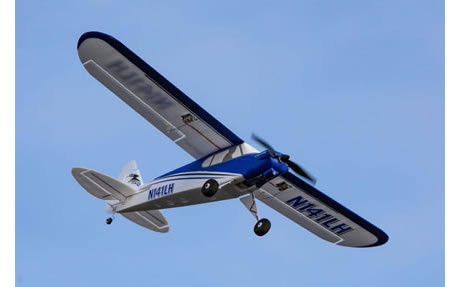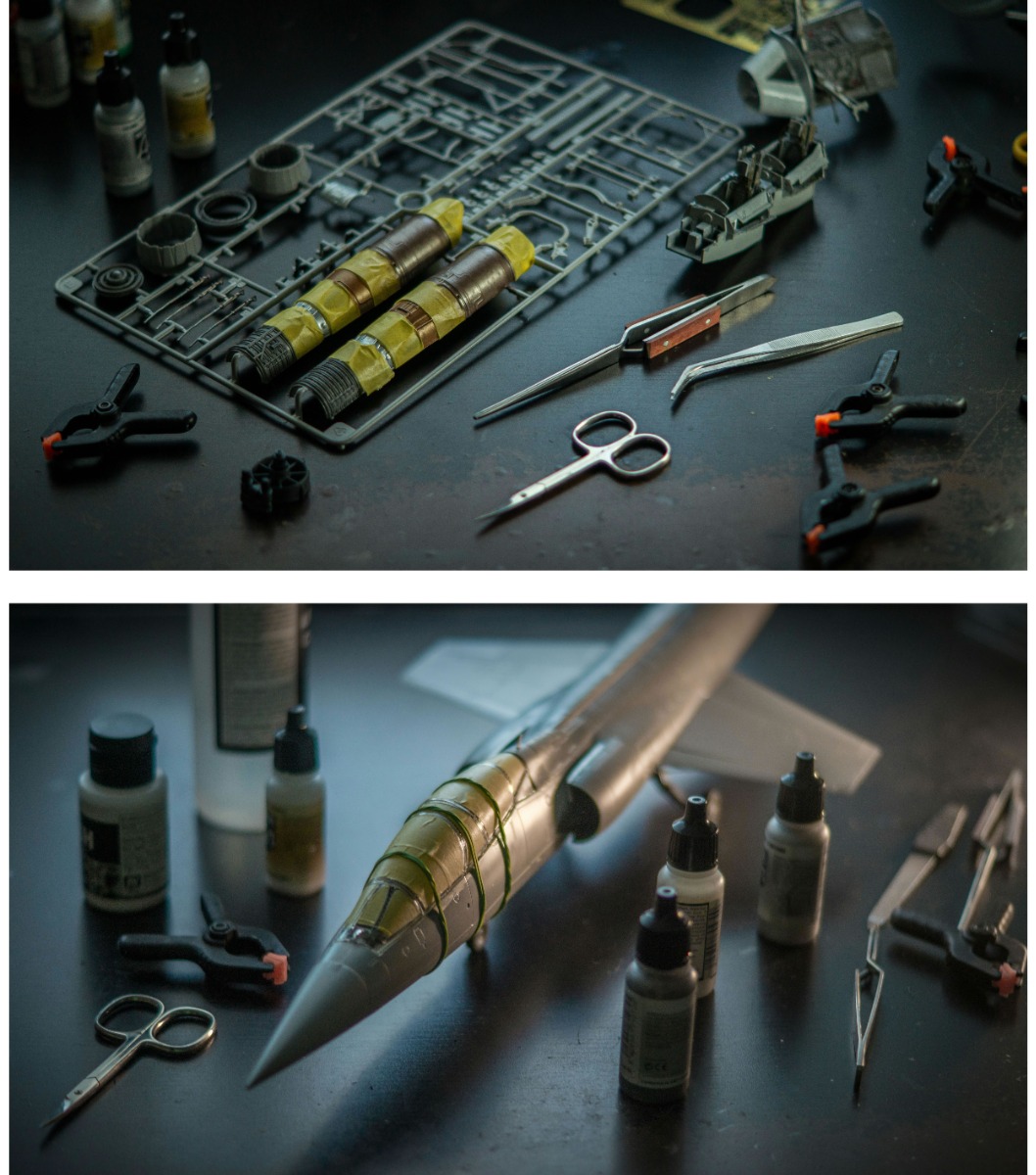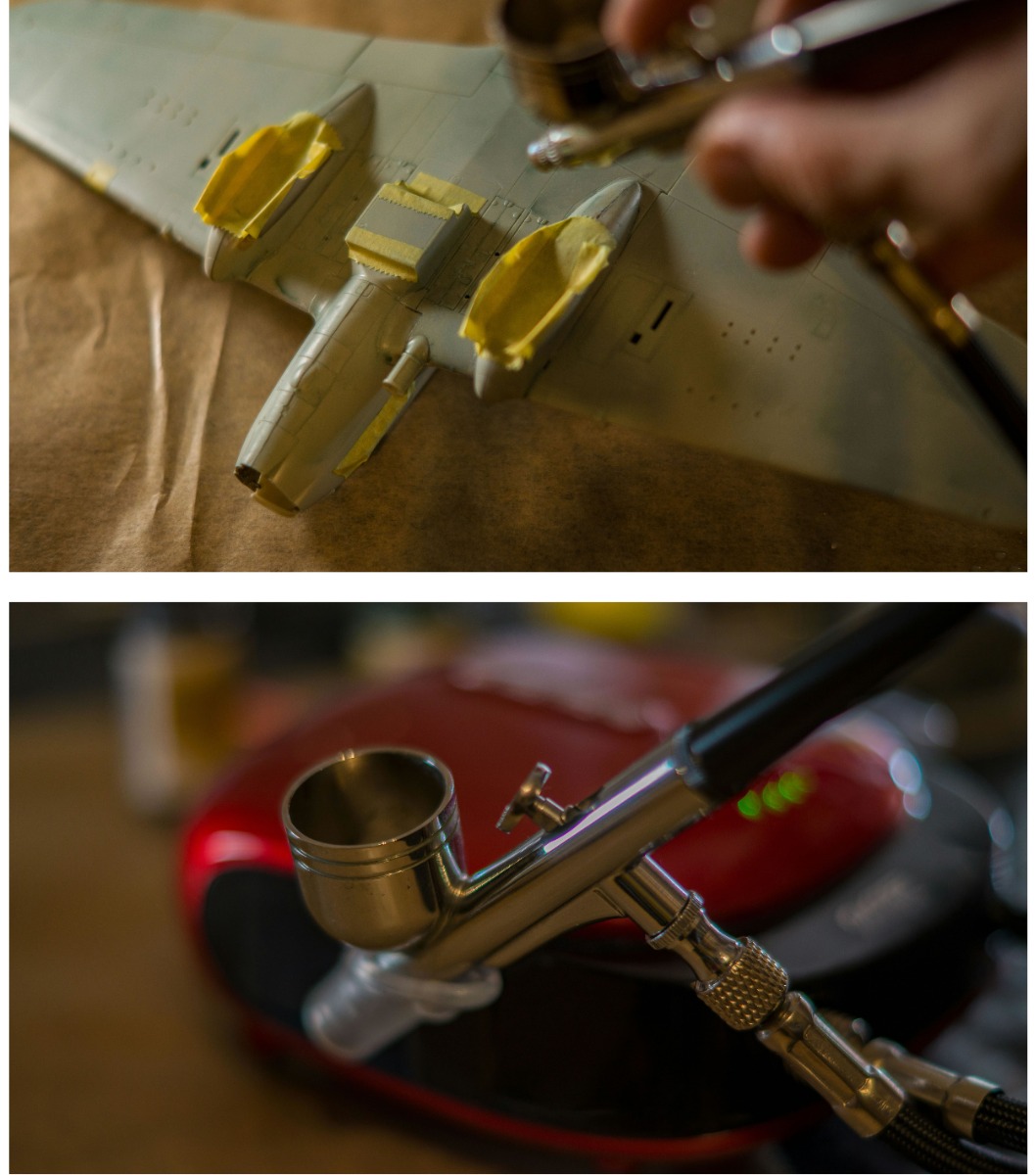ICM 1/35 Flak 38 with Crew # 35718
The Flak 38 (2 cm FlaK 38) was a German anti-aircraft cannon widely used during World War II.
It was originally designed for mobile air defense against low-flying enemy aircraft, but it proved versatile enough to be adapted for various roles, including ground support and infantry defense.
Manufactured by Rheinmetall, the Flak 38 became one of the most effective light anti-aircraft weapons of its time.
1. Design and Technical Specifications:
Caliber: The Flak 38 was a 20 mm cannon, capable of firing high-velocity rounds at a rapid rate.
Rate of Fire: It could fire up to 450 rounds per minute, though the practical sustained rate was closer to 120-180 rounds per minute due to overheating and reloading pauses.
Range and Elevation: The cannon had an effective vertical range of about 2,200 meters (7,218 feet) against aerial targets and a horizontal range of around 5,000 meters. It could be adjusted vertically from -12 to +90 degrees, allowing for a wide range of firing angles.
Mounting and Mobility: It was often mounted on a three-legged base or a wheeled carriage, making it relatively easy to deploy in various settings. It could also be mounted on vehicles, notably the Sd.Kfz. 10/4 half-track, which gave it additional mobility on the battlefield.
2. Operational Use:
The Flak 38 was primarily designed to counter low-flying aircraft, particularly Allied fighters and bombers. It used both explosive shells and armor-piercing rounds to maximize its impact on targets.
The gun was versatile enough for dual-purpose use, as it could also target ground vehicles, light armor, and infantry positions. In its ground-support role, it provided German infantry with a reliable means of combating lightly armored vehicles.
It was used in fixed positions, as a portable field piece, and on various vehicles (like the Wirbelwind and Flakpanzer tanks) for increased mobility and battlefield flexibility.
3. Variants and Adaptations:
Quadruple Mount: The Flakvierling 38 was a variant that featured four linked 20 mm Flak 38 barrels. This adaptation significantly increased the weapon’s rate of fire and ability to saturate the airspace with projectiles, making it particularly lethal against aircraft in close range.
Vehicle-Mounted Versions: The Flak 38 was frequently mounted on half-tracks, trucks, and specially adapted anti-aircraft tanks. These adaptations allowed the weapon to move with armored and mechanized divisions, providing critical air defense in mobile warfare.
4. Legacy and Historical Significance:
The Flak 38 proved to be a critical asset in German air defense, helping counter the increasing Allied air superiority during the war.
Despite being gradually replaced by larger and more powerful anti-aircraft guns, the Flak 38’s versatility and effectiveness made it a staple of German anti-aircraft forces throughout the conflict.
After WWII, captured Flak 38s continued to see service in other countries, and today it remains an iconic piece of military hardware studied by historians and enthusiasts.
In essence, the Flak 38 was a well-designed, reliable weapon that filled multiple battlefield roles, from anti-aircraft defense to ground support.
Its adaptability and effectiveness in various combat scenarios made it one of the most widely used and respected light anti-aircraft guns of the era.


Did you know we are the UK's largest GodHand Tools stockist and official UK distributor!
Check out their amazing Ultimate Nipper 5.0, which is the best Nipper on the market.
All Godhand tools are available for next-day delivery.





















 Spread the cost with Paypal Credit
Spread the cost with Paypal Credit
 Spread the cost with Klarna
Spread the cost with Klarna






























